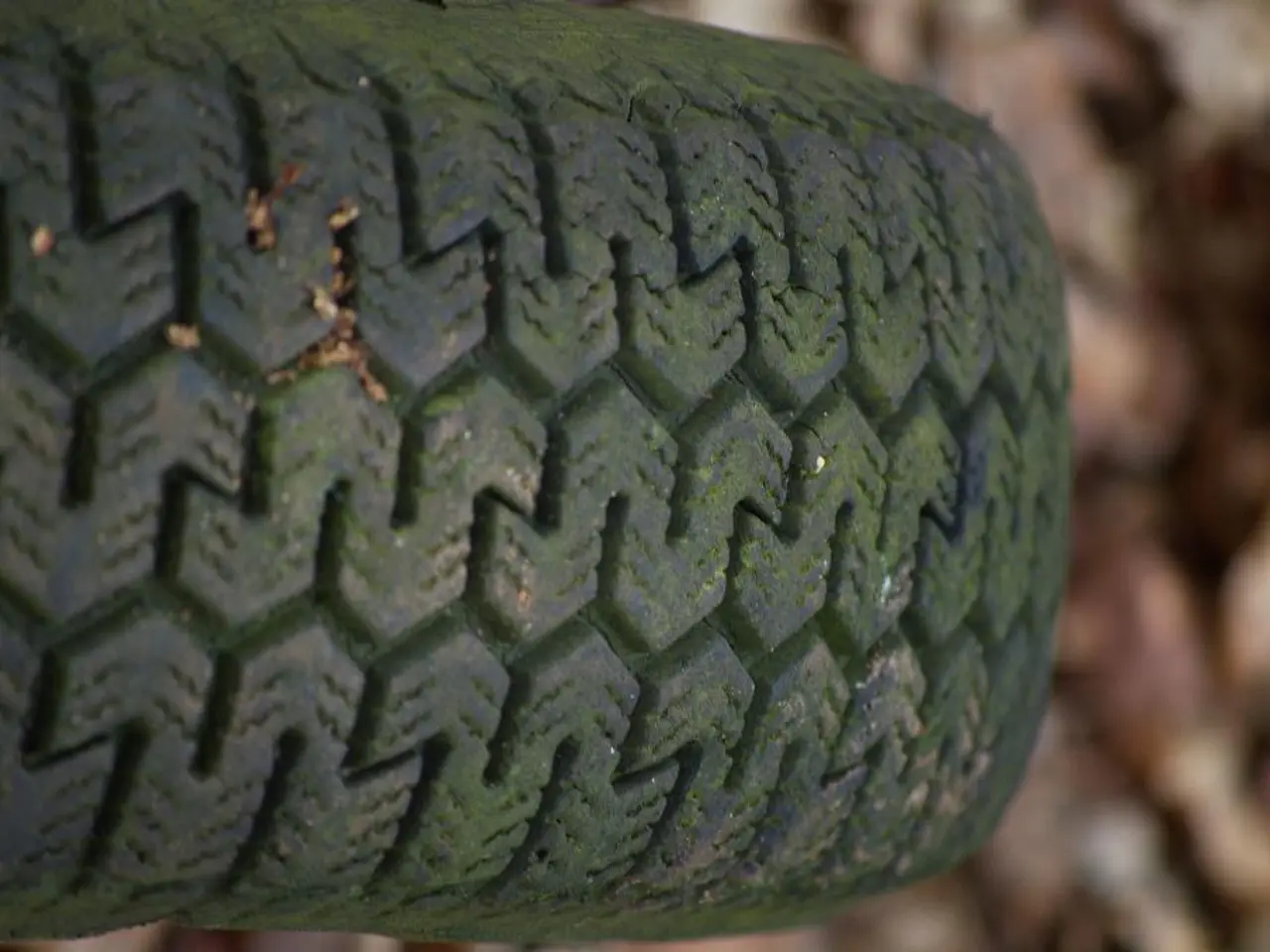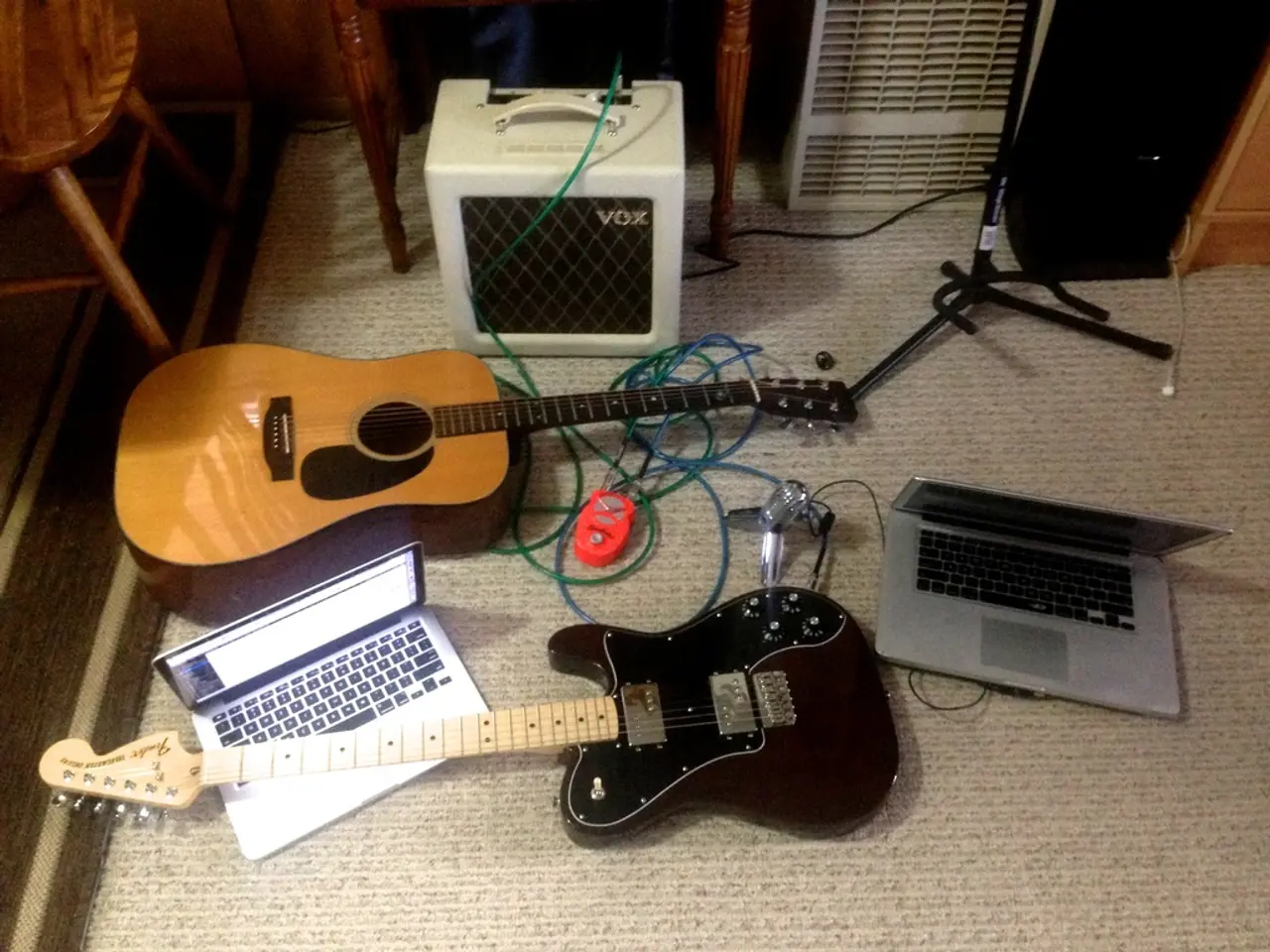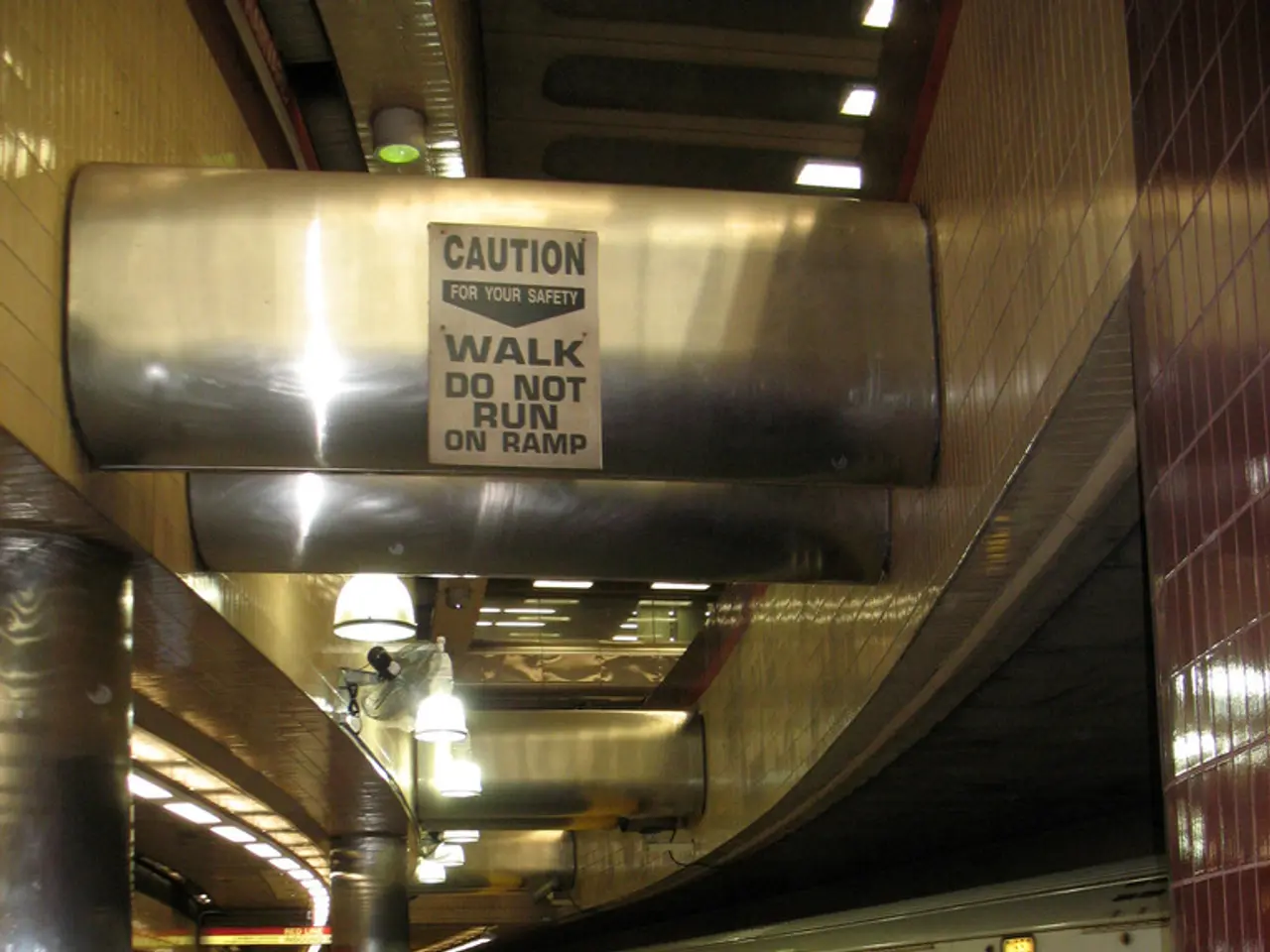Tire Replacement Schedule: Frequency and Timing Guidelines
In this article, we'll delve into the essentials of tire maintenance, providing you with valuable insights to ensure the safety and longevity of your tires.
Firstly, it's crucial to understand that tires should never be used for longer than a decade, regardless of their appearance or mileage. This rule applies even to tires with very little mileage, as they too degrade over time. The general recommendation is to replace tires six years after the manufacture date and never drive on tires older than 10 years.
Tires have grooves called tread that help them grip the road, and their tread depth wears down over time. Tires that have tread at or below 2/32nds of an inch are deemed unsafe by the U.S. Department of Transportation. To measure tread depth, you can use tire tread gauges, which measure tread in thirty-seconds of an inch, or the penny test. The penny test involves inserting a penny upside-down in the groove of a tire's tread and determining where the tread hits President Lincoln's profile. If the entire head is visible, new tires are needed.
Beyond just tread depth, common signs that your tires need to be replaced include uneven or excessive wear patterns, bulges or bubbles in the sidewall, cracks, cuts, or splits in the tire sidewall or tread area, vibration or unusual noise while driving, visible sidewall damage or tread separation, and frequent loss of tire pressure that cannot be explained by a simple puncture or valve issue. These signs often indicate internal damage or structural issues that pose safety risks.
Maintaining proper tire pressure is also critical. Underinflated tires can flex excessively, causing heat buildup, which leads to sidewall bulges, tread separation, and premature wear. Regular inspection for these signs, alongside tread depth measurement, ensures safety and prevents tire failure on the road.
If you drive an all-wheel drive vehicle, you'll likely need to replace all four tires at the same time to avoid affecting the vehicle's drivetrain. In other types of vehicles, you have more options and can replace just the damaged tire if the others are in good shape.
Lastly, if you move to a new climate, pay attention to road conditions and weather patterns to determine if you need different tires. Certain types of tire damage, including debris between the rim and the tire and damage to the sidewall, can cause continuous pressure loss. Some damage might be repairable, but some situations will call for new tires.
By following these guidelines, you can extend the life of your tires, ensure safety on the road, and save money on potential repairs and replacements. Remember, a little maintenance goes a long way when it comes to tire care.
- In addition to tire maintenance, it's essential to consider personal insurance, especially auto insurance that covers tire damage or replacement.
- For those seeking financial assistance, various personal loans can be helpful in case of unexpected tire-related expenses, providing much-needed funds when needed.
- To keep your home-and-garden tools in top shape, periodic car-maintenance tools like tire tread gauges can be handy for poor weather conditions, ensuring seamless working on slippery surfaces.
- If you're enthusiastic about cars and car-maintenance, you might find apps offering tire maintenance tips, tutorials, and alerts on tread depth and pressure, making ongoing tire care more manageable and efficient for your lifestyle.




